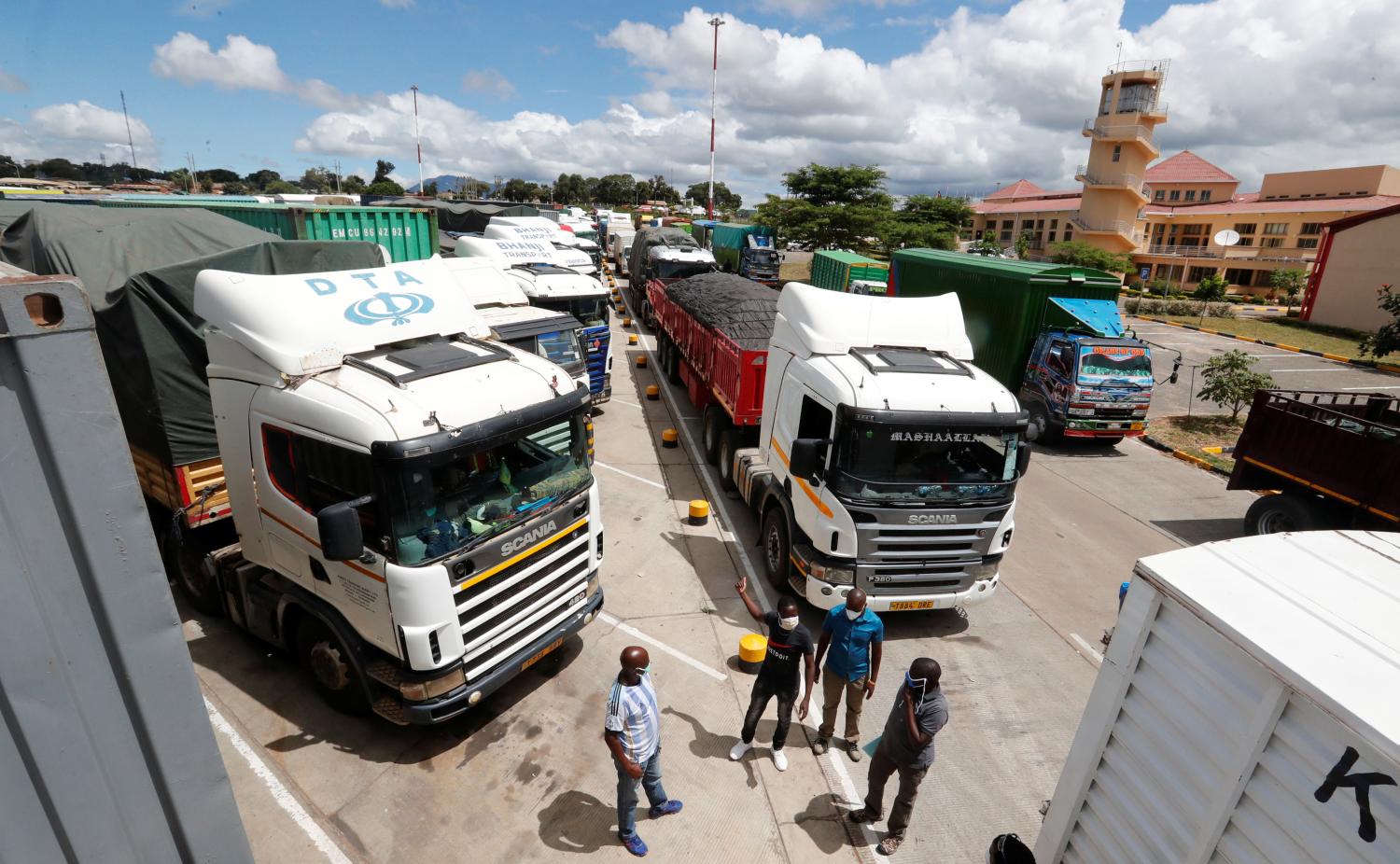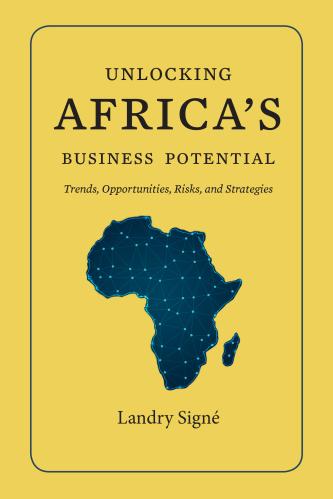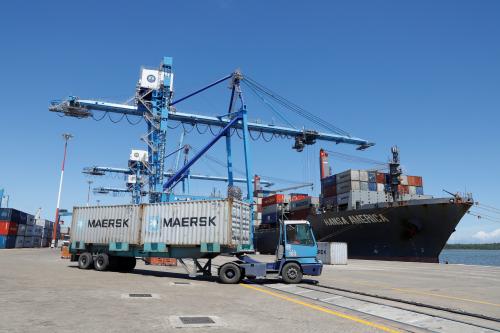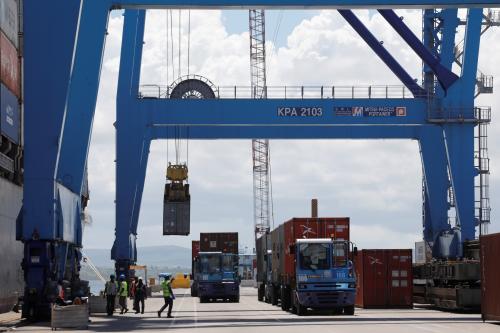Abstract
This paper uses Kenyan trade data published up through May 2020 to provide a preliminary evaluation of the impact of the COVID-19 crisis on regional trade in the East African Community (EAC). Paradoxically, given the prevailing pessimism surrounding the prospects for global trade, Kenya actually experienced a significant improvement in exports in the first quarter of the year, together with a moderation of imports, leading to a marked decline in the trade deficit. While the initial shock to Kenyan trade caused by the COVID-19 crisis initially looked dramatic in terms of the declines registered, this paper reveals that i) the shock is not so alarming when seasonality is taken into account; ii) re-exports and imports have been the primary foci of impact; and iii) domestic exports have actually performed extraordinarily well under the circumstances, with incremental growth since 2019.
Notably, not all supply chains were disrupted by the crisis, with some Kenyan exports like tea and fruit surpassing levels of years past. Rather, imports have been the principle victim of the crisis, declining by a quarter over the three months since the crisis began (between March and May 2020). Capital goods imports have declined markedly—a trend which, if sustained, could have implications for long-term economic growth. However, the fall in imports of consumer goods could also set the scene for a revitalization of national and regional industry, as local producers step up to fill the void created by the sharp lull in imports.
At the same time, Kenya’s EAC neighbors—especially the landlocked countries—may not be so lucky in terms of the overall trade impact: The figures for Kenyan re-exports and intra-regional exports suggest a concerning scale of disruption to intra-regional commerce. Considering Kenya’s leading role in intra-EAC trade, these trends are worrisome.
In sum, a coordinated EAC-wide approach is critical for intra-regional trade to remain buoyant in these challenging times and for ensuring vulnerable countries are cushioned from the COVID-19 crisis fallout. Against this backdrop, the urgency of implementing the African Continental Free Trade Agreement (AfCFTA) is even more palpable. Its rapid implementation, accompanied by additional trade facilitation measures, could significantly mitigate COVID-19’s negative impact on the continent’s economy.
INTRODUCTION
The disruptive impacts of the COVID-19 crisis on global and regional trade have received enormous attention recently. But facts, in the form of data, have been thin on the ground—particularly so in parts of Africa, where there is often a dearth of timely data. In this brief, we mainly use newly released monthly merchandise trade data from Kenyan National Bureau of Statistics (KNBS) to provide evidence on the impacts of the COVID-19 crisis on trade on Kenya and the wider East African region, complementing it with other recently released data on regional trade.
The focus on Kenya is justifiable for several reasons. First, Kenyan data up to the end of May 2020 captures the period when the negative impacts of the crisis on trade and economic activity started to become evident.1 Second, Kenya is the major exporter and importer of the East African Community (EAC), accounting for around 46 percent of exports and 41 percent of imports for the whole region. Third, Kenya is also responsible for more than half of manufacturing value-added produced by the East African Community (EAC) (Mold, 2017), implying that it has some competitive advantages in merchandise goods (beyond primary exports). In sum, trends in monthly Kenyan trade data are likely to provide an excellent general picture about what is happening to trade within the regional block.
-
Footnotes
- Kenya adopted lockdown measures starting around mid-March 2020. The WHO declared COVID-19 as a pandemic on 11th March 2020, and hence this brief takes March as its starting point for analysis of the crisis’s impact on Kenyan trade.
The Brookings Institution is committed to quality, independence, and impact.
We are supported by a diverse array of funders. In line with our values and policies, each Brookings publication represents the sole views of its author(s).








